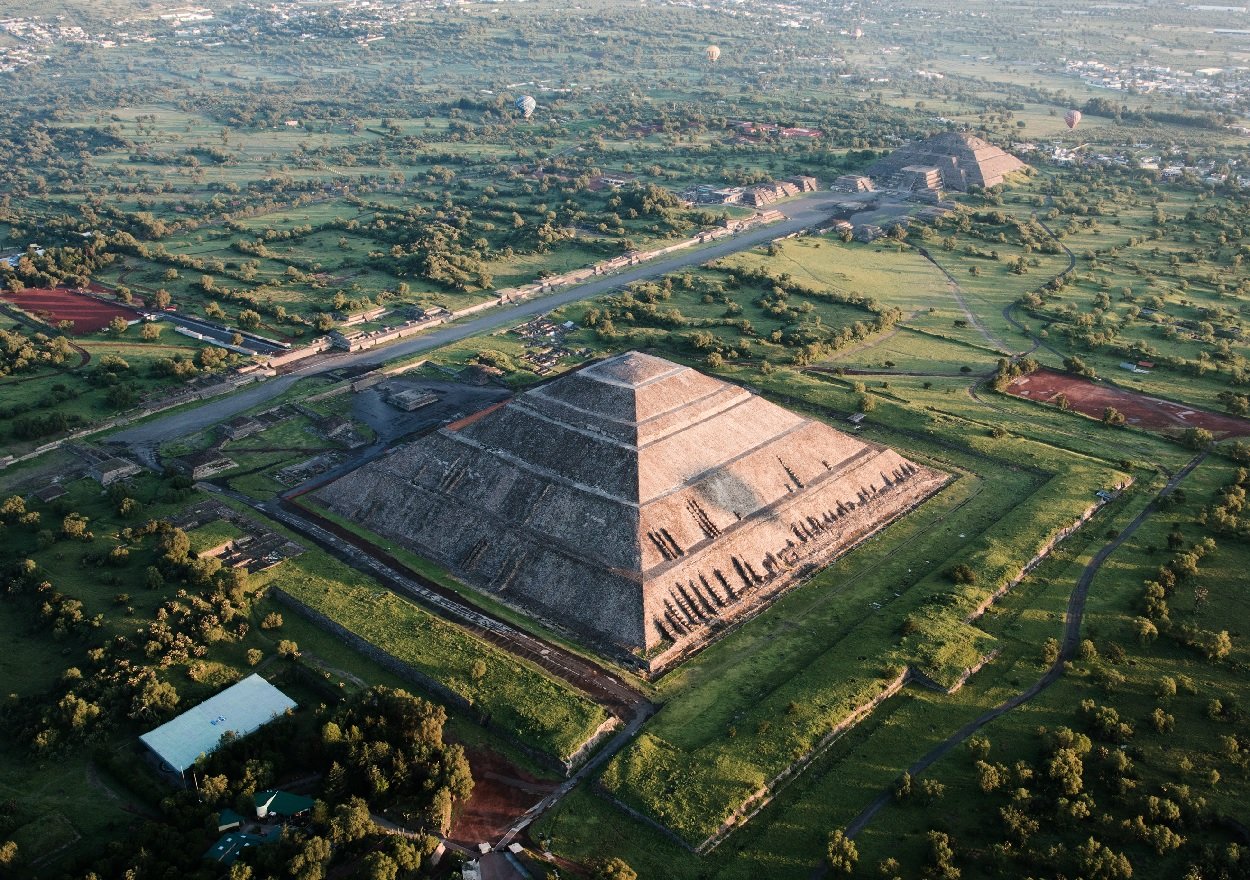A new study, published in the journal Science Direct, suggests that a series of megathrust earthquakes led to the decline and possible abandonment of Teōtīhuacān.
Named by the Nahuatl-speaking Aztecs as Teōtīhuacān, and loosely translated as “birthplace of the gods”, Teōtīhuacān is an ancient Mesoamerican city located in the Teōtīhuacān Valley of the Free and Sovereign State of Mexico, in present-day Mexico.
The development of Teōtīhuacān can be identified by four distinct consecutive phases, known as Teōtīhuacān I, II, III, and IV.
It was during phase II (AD 100 to 350) that the city population rapidly grew into a metropolis and saw the construction of monuments such as the Pyramid of the Sun (the third largest ancient pyramid after the Great Pyramid of Cholula and the Great Pyramid of Giza), the Pyramid of the Moon, the Avenue of the Dead, and the Ciudadela with the Temple of the Feathered Serpent (also known as Temple of the Quetzalcoatl).
An analysis of several pyramids within the city has revealed evidence of Earthquake Archaeological Effects (EAEs), potentially linked to seismic loading. The study has focused on the Temple of the Feathered Serpent (Old temple and New temple), and the Sun and the Moon pyramids, in which visible EAE’s can be observed.
According to the researchers, the EAE’s are likely caused by megathrust earthquakes, for which five destructive ancient earthquakes have been estimated to have struck Teōtīhuacān between the Tzacualli – Miccaotli (AD 100–150), and Metepec (AD 600 ± 50) stages, by matching EAEs and archaeological dates.
Based on the spatial pattern of the EAEs and the orientation of the dipping broken corners (DBC) or chip marks, it is theorised that a series of seismic shocks struct the city from the SW to the NE, indicating a possible origin of a seismic source in the Middle American Trench caused by repetitive megathrust earthquakes.
At least, two strong destructive earthquakes (Intensity VIII-IX) affected Teōtīhuacān in antiquity that impacted the development of the architectural styles. The first one occurred between the years AD 1–150 (Miccaotli phase), and the second one occurred in AD 455 ± 50 (Late Xolalpan-Early Metepec phase).
This was followed by three further damaging earthquakes, for which the latter two occurred around AD 650 before the abandonment of the city the following century.
“This proposal does not conflict with other existing theories for the Teotihuacan abrupt collapse, considering that the sudden overlapping of natural disasters like earthquakes could increase internal warfare (uprising), and civil unrest,” said the study authors.
Header Image Credit : Shutterstock
Sources : Science Direct | Teotihuacan ancient culture affected by megathrust earthquakes during the early Epiclassic Period (Mexico). https://doi.org/10.1016/j.jasrep.2024.104528.





